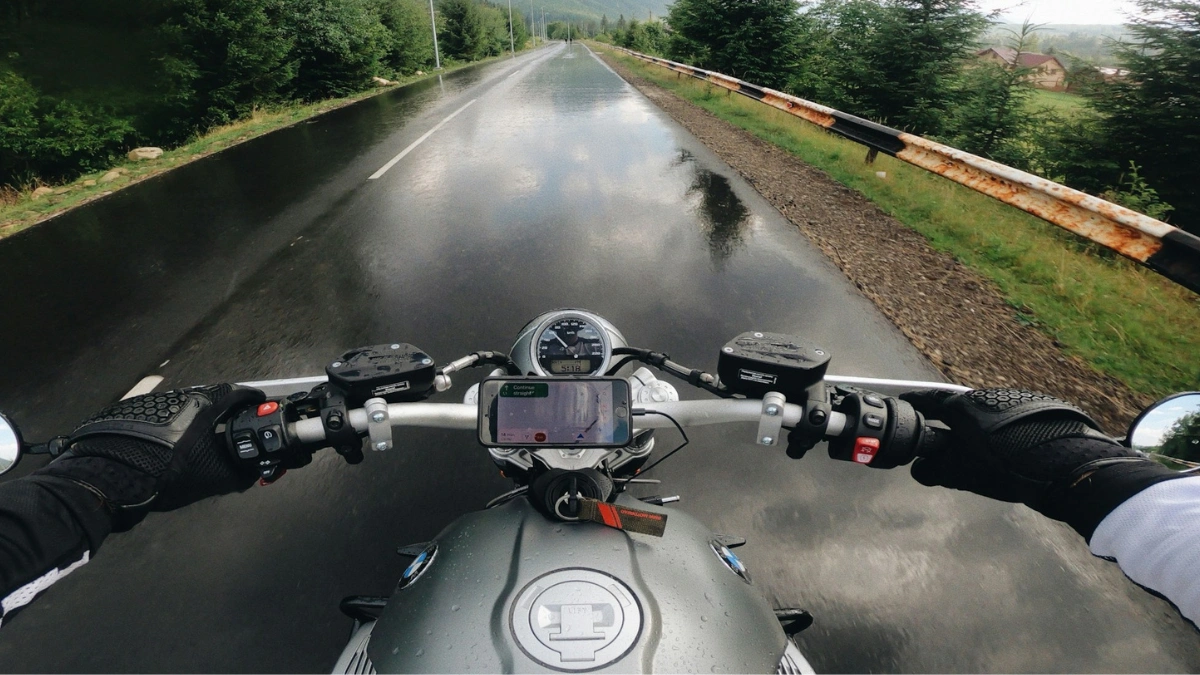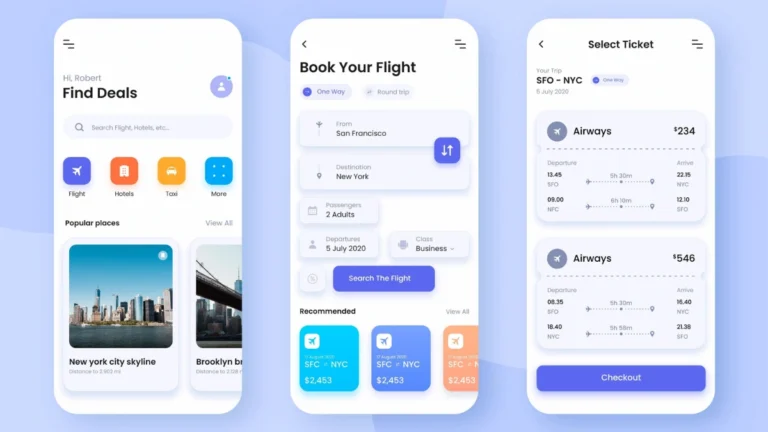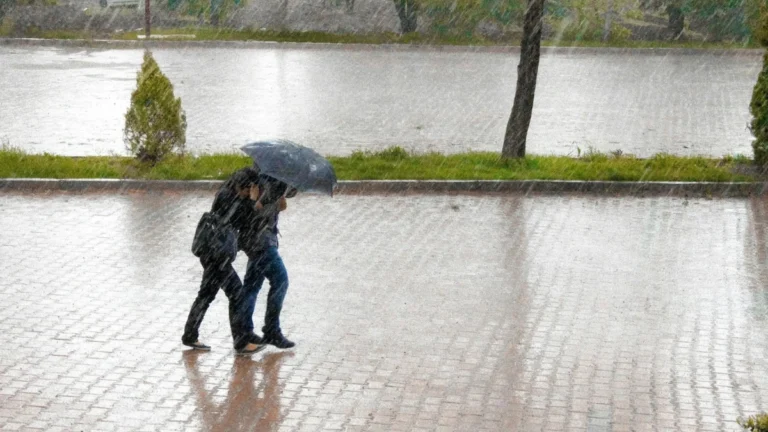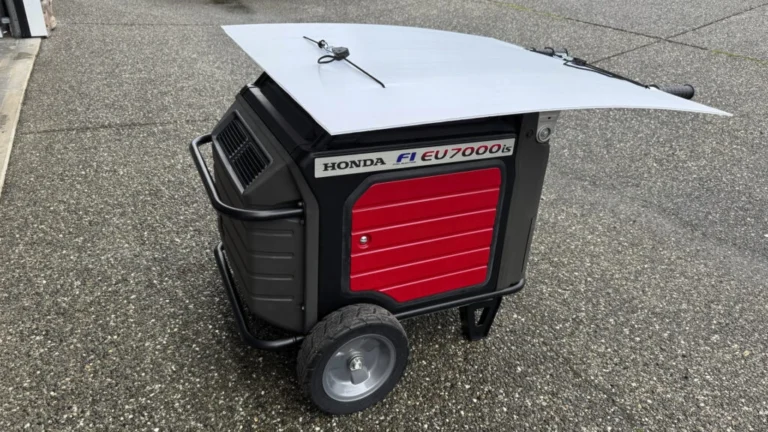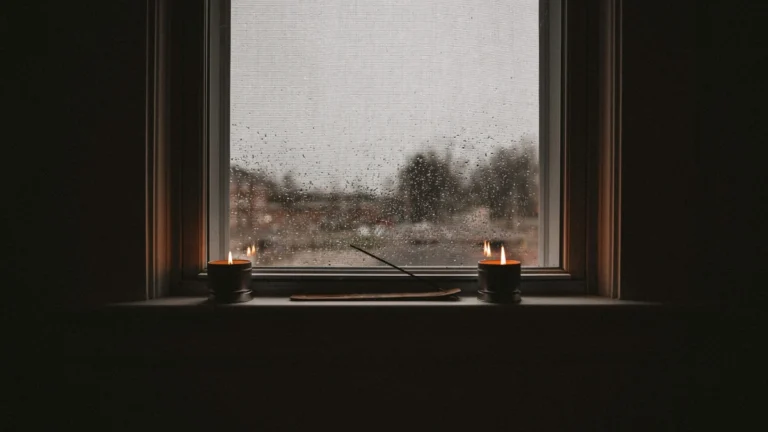If you’ve ever ride a bike or scooter in the monsoon, you’re already familiar with the routine: one minute you’re riding smoothly, and the next you’re completely got wet with water starting down your back and your shoes squeeze at every stop.
Although the fact that it can look difficult to stay dry on a two-wheeler under intense rain, you can keep yourself and your gear dry without making your journey a wet nightmare if you prepare properly.
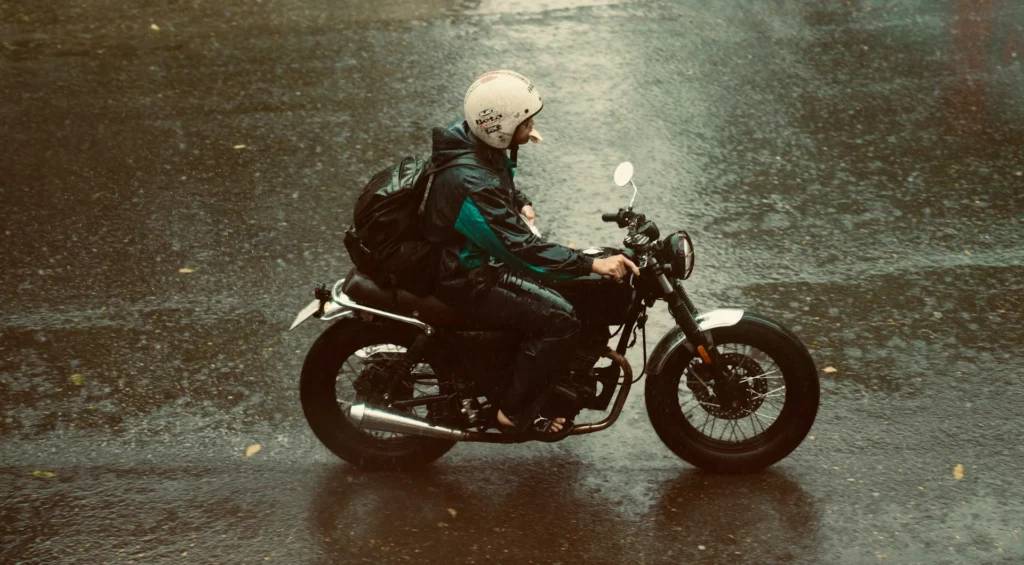
I’ll cover all you need to know in this blog post, from important rain gear to wise advice that experienced riders trust on. This guide will keep you dry, safe, and calm whether you’re doing some shopping or going to work in the rain.
So put on your helmet and let’s properly prepare for the monsoon!
How to select best rain gear for biker?
Your equipment should be fixed first if you’re serious about staying dry while riding. A good raincoat keeps you warm, focused, and safe on slippery roads. it’s not just about keeping your clothing dry. What you’ll need is as follows:
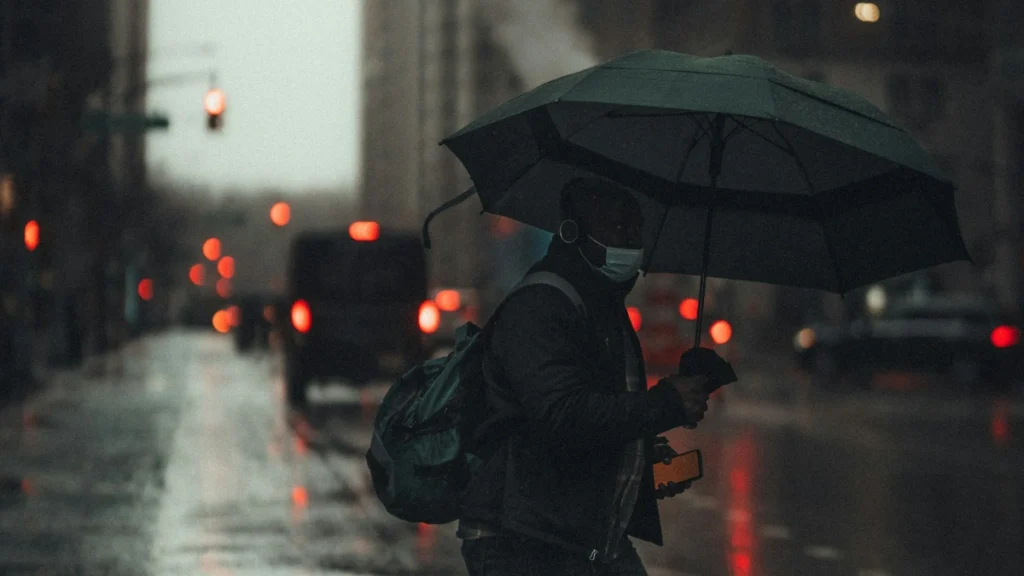
Go for a Full-Body Raincoat or Rain Suit
A full-body rain suit is a game-changer for everyday riders or those with long journeys, while a basic jacket can be suitable for short journeys. It prevents water from getting in through your thighs or waist by covering you from neck to ankle.
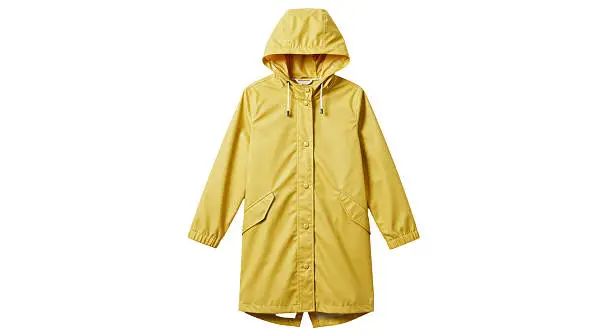
Tips for choosing the right one:
- To prevent rain from leaking inside, look for ankle loops and cuffs that can be adjusted.
- For safety at night, pick a suit with reflective strips.
- To avoid feeling like you’re wearing a plastic bag, use materials that are breathable and light.
If you’re looking for specific suggestions, check out some of the best Wildcraft raincoats for bikers.
Add Waterproof Pants or Overtrousers
Your lower body gets the most splashes from pools and road spray, so your jacket can only do so much. Waterproof pants are therefore as important.
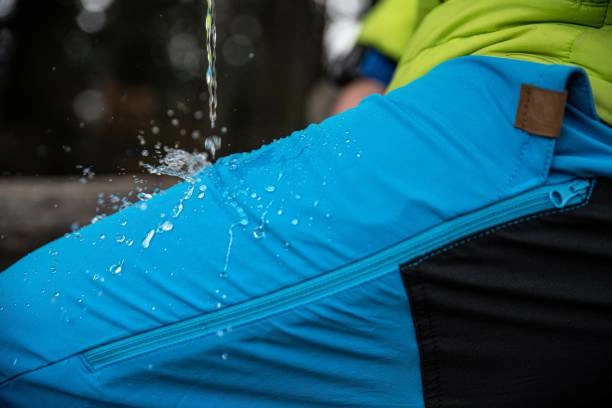
Make sure they:
- They are simple to wear with track pants or jeans.
- For a tight fit, add ankle elastic.
- When not in use, it may be folded into a little pouch.
Don’t Skip Waterproof Gloves
It is more difficult to control the brakes and limit when your hands are wet. It’s dangerous in terms of being uncomfortable.
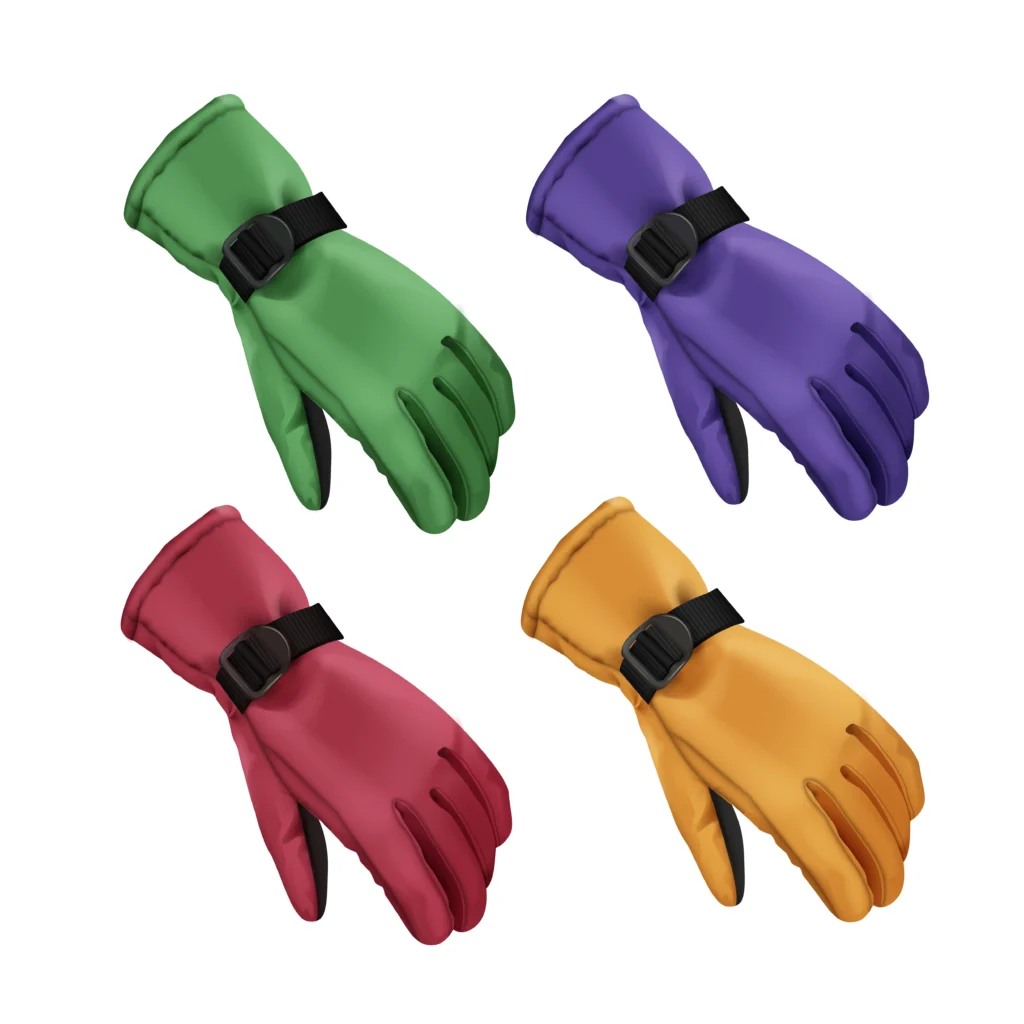
What to look for:
- Rubberized palms for grip
- Breathable or fast-drying fabric
- Long cuffs that cross over the sleeves of your jacket
Invest in Waterproof Boots or Shoe Covers
The worst thing is having soggy socks, especially if you have a few hours until you get home. wearing waterproof riding boots or purchasing waterproof shoe coverings to put over your everyday shoes are two options.
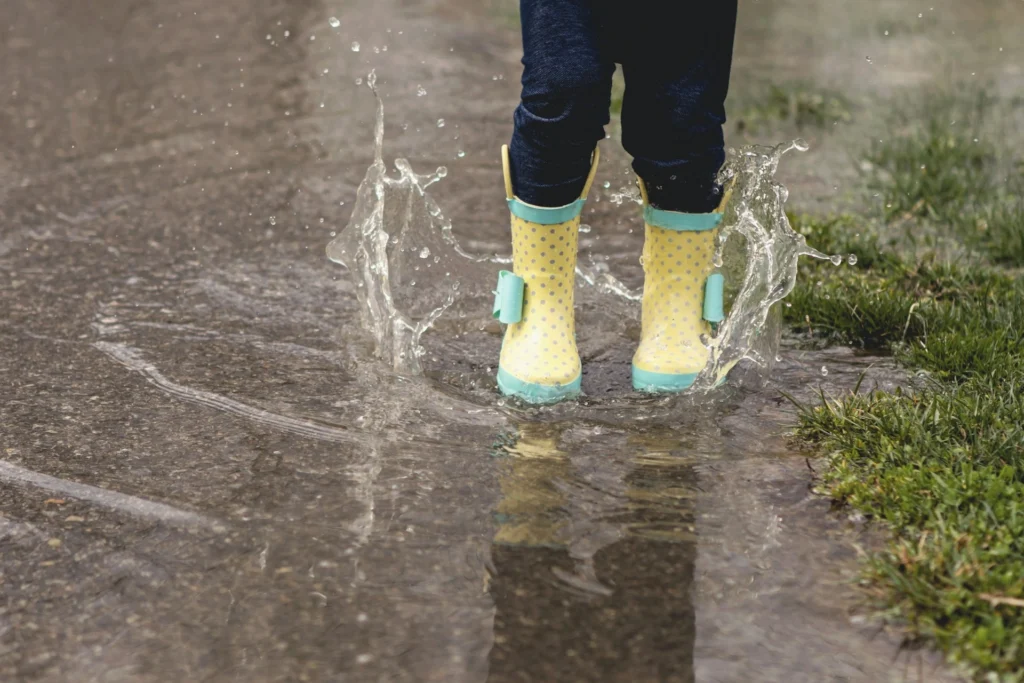
In case of an emergency, some cyclists even carry a pair of quick-dry sandals in their suitcase.
Use a Helmet with Anti-Fog Protection
A dim visor is more harmful than you would imagine when riding during the rainy season. Just when you need to see clearly, it blocks your view.
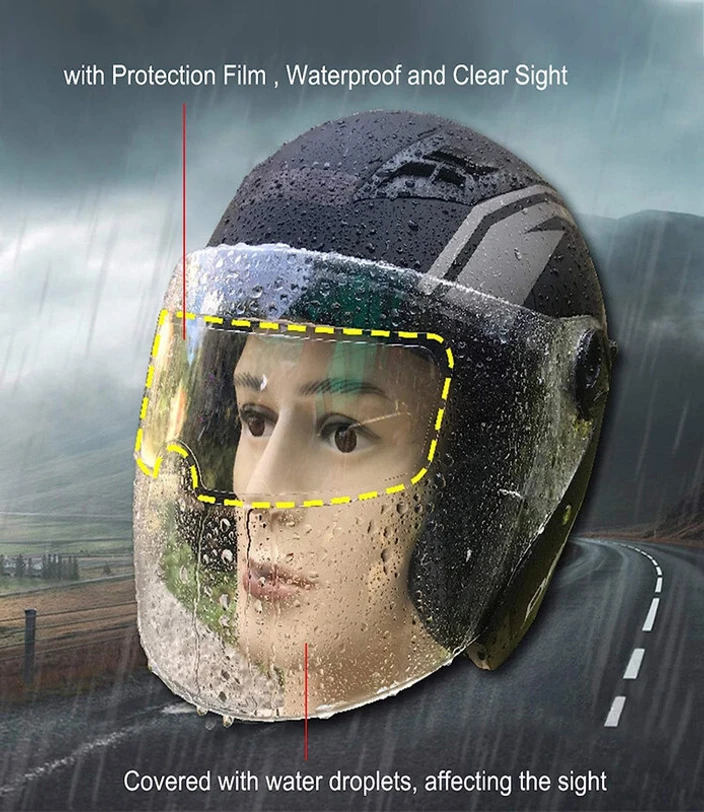
- Wear a helmet that fits properly over your face.
- Use fog-resistant film or anti-fog spray inside the visor.
- When you stop, have a gentle towel on hand to clean the visor.
What to carry important rain essentials?
Getting caught in a lot of rain may still be bad even with the greatest equipment, especially if you’re out for a long ride. Keep a few rain-specific things in your backpack or under-seat storage is therefore a good idea. When the skies suddenly open up, these little things may save you lots of money.
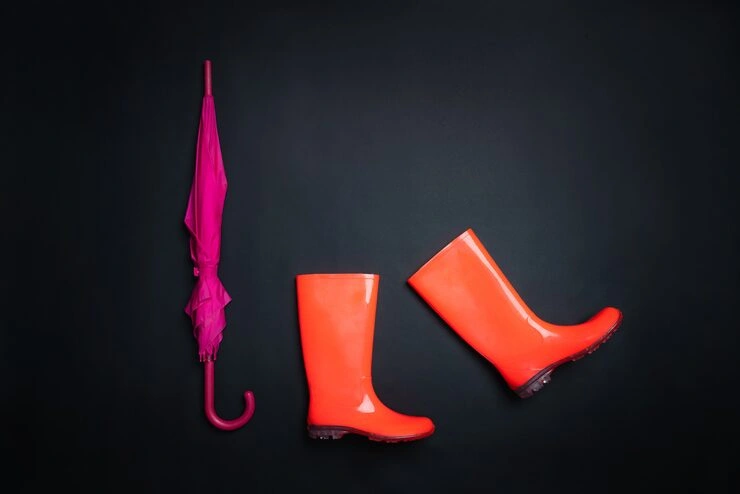
Microfiber Towel or Small Cotton Towel
Keep one with you at all times. It may be used to mop up an unexpected leak within your backpack, dry your hands, or clean your visor. Microfiber is good for multiple uses since it dries quickly and doesn’t smell.
Extra Pair of Socks
In addition to being uncomfortable, wet socks can cause fungal infections or colds. Your day can be greatly helped by a dry extra pair.
Waterproof Pouch for Electronics
Water and electronics don’t mix, whether it’s your phone, earbuds, or power bank. To be sure that rain damage is never an issue, keep a dry pouch or solid zip-lock bag in your bag.
Backpack Rain Cover
The majority of backpacks aren’t completely waterproof. A special backpack rain cover is affordable, compact, and provides weather protection for your belongings. To improve visibility, choose one with reflective stripes.
Foldable Shoe Covers or Sandals
When you go to work or college, changing into fresh sandals might be a lifesaver if your shoes get wet. In case of an emergency, a few riders also have reusable waterproof shoe covers with them.
Spare Face Mask or Bandana
Rain-soaked masks are useless in addition to being difficult. You may stay fresh and compliant when needed by keeping an extra dry one on hand.
Pro Tip:
Keep all of your rain gear in a single, compact “Rain Kit Pouch” that fits inside your bag. In this manner, when the first drops fall, you won’t be running.
Smart Riding Tips for Bikers during Monsoon
Even with excellent rain gear, riding technique is just as important. A few small tweaks to your riding habits may go a long way in keeping you dry and more importantly, safe during those rainy rides.
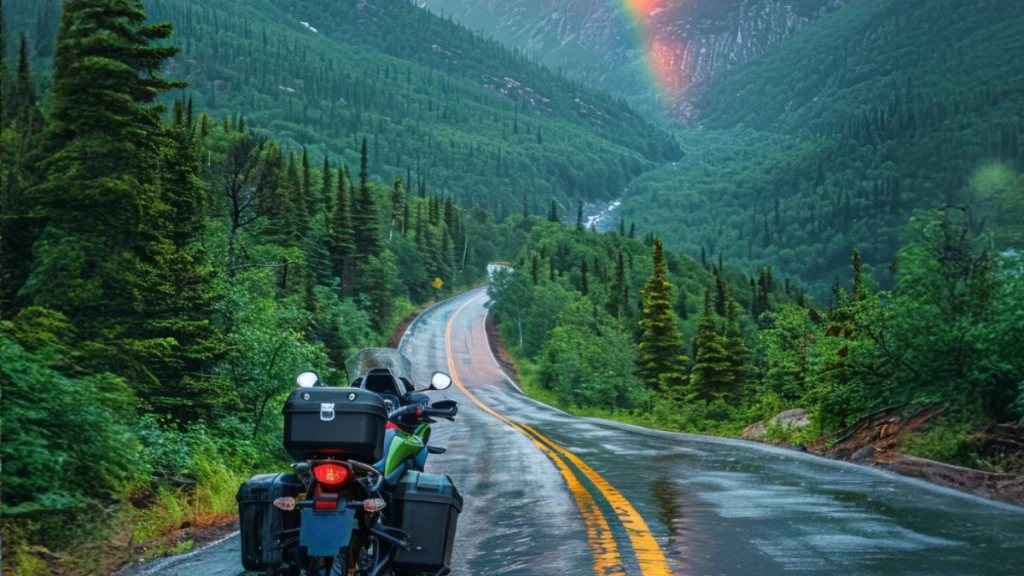
Avoid Riding Through Puddles
While their small appearance, pools can hide sharp objects or deep holes. Additionally, water splashes up quickly, soak your bag, clothes, and shoes. Whenever possible, stay on the upper, drier side of the road.
Stay on Tree-Lined or Covered Routes
Choose a route with lots of structural or natural cover, such as flyovers, underpasses, or roads lined with trees, over an open roadway. You can avoid strong downpours and keep dry with a little shelter.
Slow Down and Keep Distance
Roads get slick after rain, particularly around curves and zebra crossings. You may improve your control and prevent other cars’ road spray from releasing all over you by slowing down. Additionally, keep a safe distance from buses and automobiles to prevent unexpected splashes.
Avoid Sudden Braking
Roads that are wet lose traction. Skids may be avoided by cautious turning and soft, smooth braking. Do not overload the front brakes and always use both brakes gently.
Make a Smart Stop Plan
Do you need to stop and get some cover or put on your raincoat? Choose a safe location rather than the side of the road. stop directly in traffic is not as effective as slowing behind a store awning, a gas pump, or even a parking lot.
Keep an Eye on Riders Ahead
It’s likely that those riding ahead of you saw a pothole, a section of water, or a fallen limb if they suddenly slowed down or turned. To keep dry and attentive, pay attention to their signs.
What to Avoid Wearing While Riding in Rain?
You may be willing to wear whatever is available, but believe me when I say that wearing the wrong clothing in the rain can leave you uncomfortable, wet, and cold for hours. Before getting on your two-wheeler during the monsoon season, you should avoid the following:
Denim Jeans
Even though they look fantastic, jeans get heavy and take a very long time to dry after getting wet. It’s not enjoyable to ride in wet denim because it feels like you’re wrapping your legs in cold towels.
Canvas Shoes or Flip-Flops
Canvas shoes have limited grip on slippery conditions and soak water like sponges. Flip-flops? Even worse. You’ll be slipping all over your feet with just one spray. Instead, put on closed shoes with rubber soles or waterproof boots.
Cotton Tees and Hoodies
Cotton sticks to your skin and keeps moisture. It cools down your body after being bathed, which might cause chills or even colds. Instead, use quick-drying, synthetic layers.
Loose Jackets
An too large jacket might fly in the wind and allow water to pass inside. It also adds drag to your ride, especially in windy, wet weather. Choose something with a hood and adjustable cuffs that is secure but not tight.
Backpacks Without Rain Covers
You should never use a standard backpack by itself if you’re carrying things like a laptop, books, or phone. A wet bag means a lost day. You must have a rain cover.
Scarves or Long Dupattas
They may become coated with mud and water or caught in the wheels. When riding in the rain, stay away from anything moving for your comfort and safety.
Best Post-Ride Care to Stay Dry and Healthy
It’s likely that you will get some wet on your clothing, inside your shoes, or below your gear even if you take every precaution when riding in the rain. Keeping yourself comfortable and avoiding that terrible “damp feeling” that lasts for hours depends entirely on what you do after the ride.
Here’s how to properly stop a wet ride:
Keep an extra set of dry clothes on hand
Bring a clean T-shirt or an entire outfit in a dry or plastic bag if you’re going to work, college, or even just running shopping trips. You can stay warm, dry, and focused by changing quickly once you get at your location.
Remove Shoes and Let them Air Out
If your sneakers or riding shoes are wet, don’t continue wearing them. Remove them, place them in a ventilated location, and pack them with newspaper to help absorb moisture. They will begin to smell or, worse, develop mold if they remain wet for a long period of time.
Clean your gloves and helmet
Moisture within your gloves or helmet liner might cause skin discomfort or unpleasant smells. Gently wipe them down with a microfiber towel or a soft, dry cloth. To allow for airflow, keep the helmet open in a dry area.
Dry Out Your Rain Gear
You should never put wet rain gear in your bag after folding it up. Hang it in an open space such as a bathroom or balcony, and allow it to air dry entirely. This keeps musty smells at away and extends its life.
Use Talcum or Anti-Fungal Powder (Optional but Helpful)
After drying your feet, apply them with a little talcum or antifungal powder if they were wet for a while. It keeps your skin hydrated and lowers the chance of fungal infections or itching.
How to Dry Out Your Gear After the Ride?
Rain gear is useful when riding, but it won’t last long if you throw it away afterward. Squishy shoes, wet coats, and wet gloves may all smell terrible, grow mold, and break down more quickly than you might think. Here’s how to properly dry and take care of each piece:
Raincoats or Rain Suits
Your raincoat should never be folded while still wet. Hang it completely open in a well-ventilated, shaded spot on a clothesline or hanger. Stay clear of direct sunlight as it can eventually cause fading or cracking, especially for synthetic materials.
Gloves
You should place them next to a window or fan after turning them inside out. The lining inside typically remains wet the longest if they are waterproof on the outside, and that’s when smell starts
Shoes or Riding Boots
Keep them away from gas stoves and heaters. Instead, place them in an open area and pack them with newspaper. If they were entirely wet change the newspaper after a few hours.
Helmet
When biking in the rain, your helmet gets moisture and water even when it is closed. If its padding is detachable, open the visor, take it off, and allow air to flow out. This maintains the inside odor-free and fresh.
Backpack & Rain Covers
If at all possible, turn the bag inside out, open all the zippers, and take out any wet items. Before applying it once more, let it completely dry. In only a few minutes, rain covers may be cleaned and hung to dry.
Pro Tip:
During the rainy season, set up a special area in your house called the “drying corner” where you may hang your riding equipment after each trip. It prevents problems throughout the house and keeps everything ordered.
Frequently Asked Questions (FAQs)
Can I ride a bike safely in heavy rain?
Yes, but you need to take care. Avoid flooded roads, travel more slowly than normal, stay away from other cars, and wear the appropriate rain gear. Sitting it out is preferable if visibility is poor or the rain is heavy.
Is a poncho good enough for bike riding?
Not at all. When ponchos fly in the wind, they can show body parts, particularly the back and legs. For riding, a good raincoat or full rain suit is far superior since it provides complete covering and remains in position.
Can I wear regular sports shoes in the rain?
They will become wet fast and take a long time to dry, but you can do it. Waterproof shoe coverings or boots work greatly better. Have a spare pair of socks and a plastic bag on hand if you have to wear athletic shoes.

